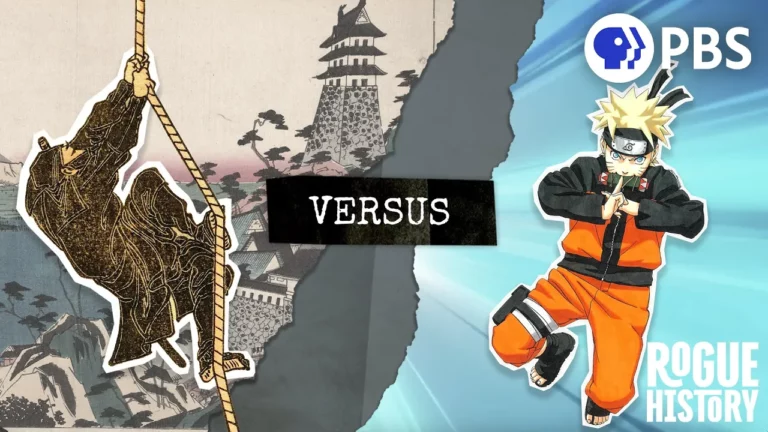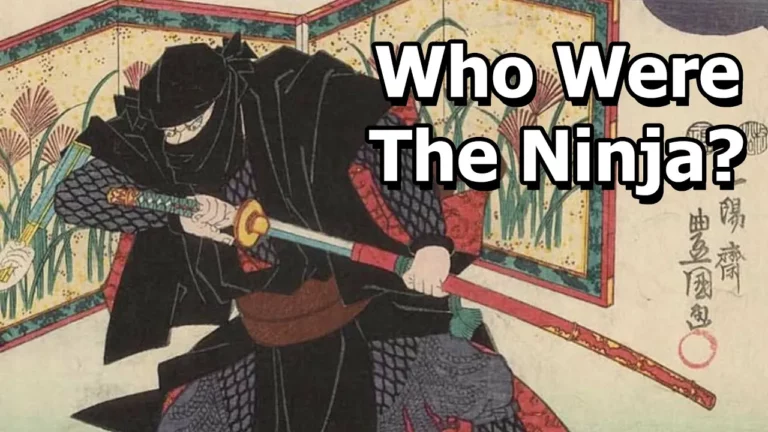Ninjas, the mysterious warriors of feudal Japan, have long captured our imaginations with their stealth, cunning tactics, and unparalleled skills in warfare. From Goemon to Hanzo, these legendary figures have left an indelible mark on Japanese history and folklore.
The enigmatic Goemon, akin to a Japanese Robin Hood, was known for his daring heists and failed attempt to assassinate the powerful Shogun Hideyoshi. Katodanzo, a ninja spy for the Takeda Clan, led espionage missions and developed secret codes crucial for battle strategies. Momochi Sandayu, the leader of the Koka Ninja Clan, commanded ninja spies during critical battles, influencing the outcome of conflicts.
Hanzaki Kurando, one of the last active ninjas, used his stealth and espionage skills to undertake secret missions for the Tokugawa Clan. Teshu, a master swordsman, combined samurai and ninja techniques, becoming a revered figure in Japanese martial arts. Fujibashi Nagato’s expertise in espionage and sabotage, along with his ability to create intricate maps, aided warlords in unifying Japan.
Hatsumi, a modern Ninjutsu master, carries on the ninja tradition with a focus on self-defense and mutual respect. Fujita Seko gained fame for his ninja prowess during the Second Sino-Japanese War, utilizing his expertise in Ninjutsu for strategic espionage missions. Fuma Kotaro, a legendary ninja leader, was revered for his cunning tactics and role in pivotal conflicts in Japan’s history.
Lastly, Hanzo, known for his loyalty and infiltration skills, played a crucial role in protecting Edo Castle and supporting the unification of Japan. These legendary ninjas, each with their unique skills and contributions, embody the mystique and prowess of Japan’s secretive warriors.
Delving into the world of ninjas unveils a rich tapestry of espionage, martial arts mastery, and historical intrigue. Their legacy continues to captivate and inspire, showcasing the enduring allure of Japan’s shadowy warriors throughout the ages.












